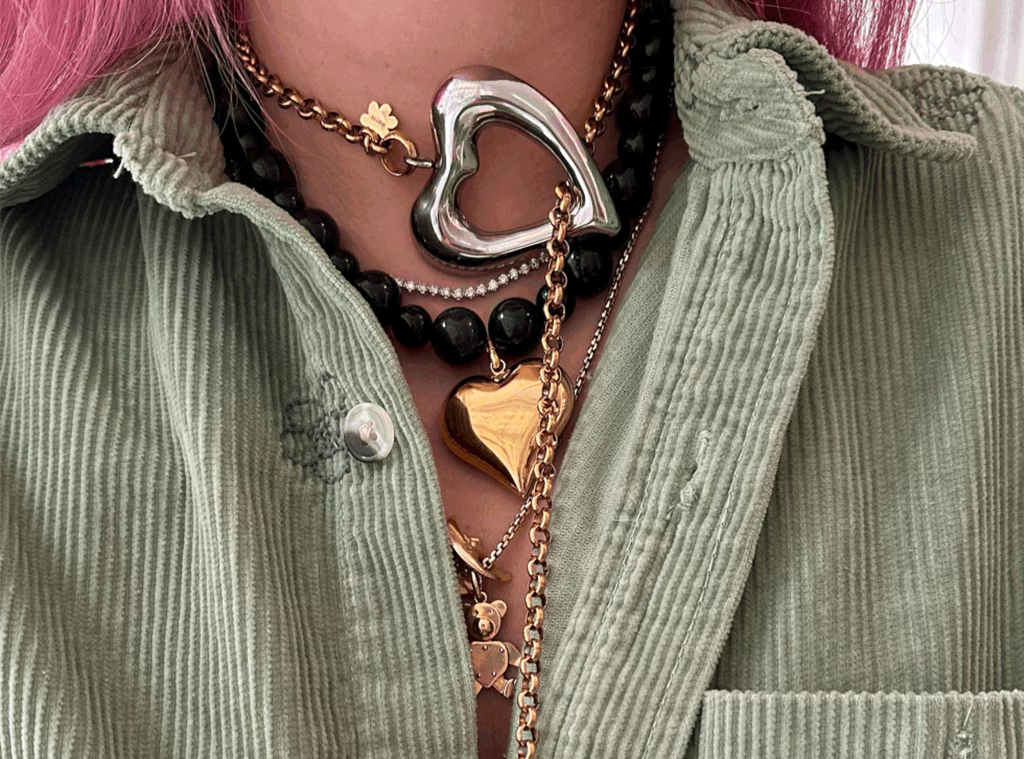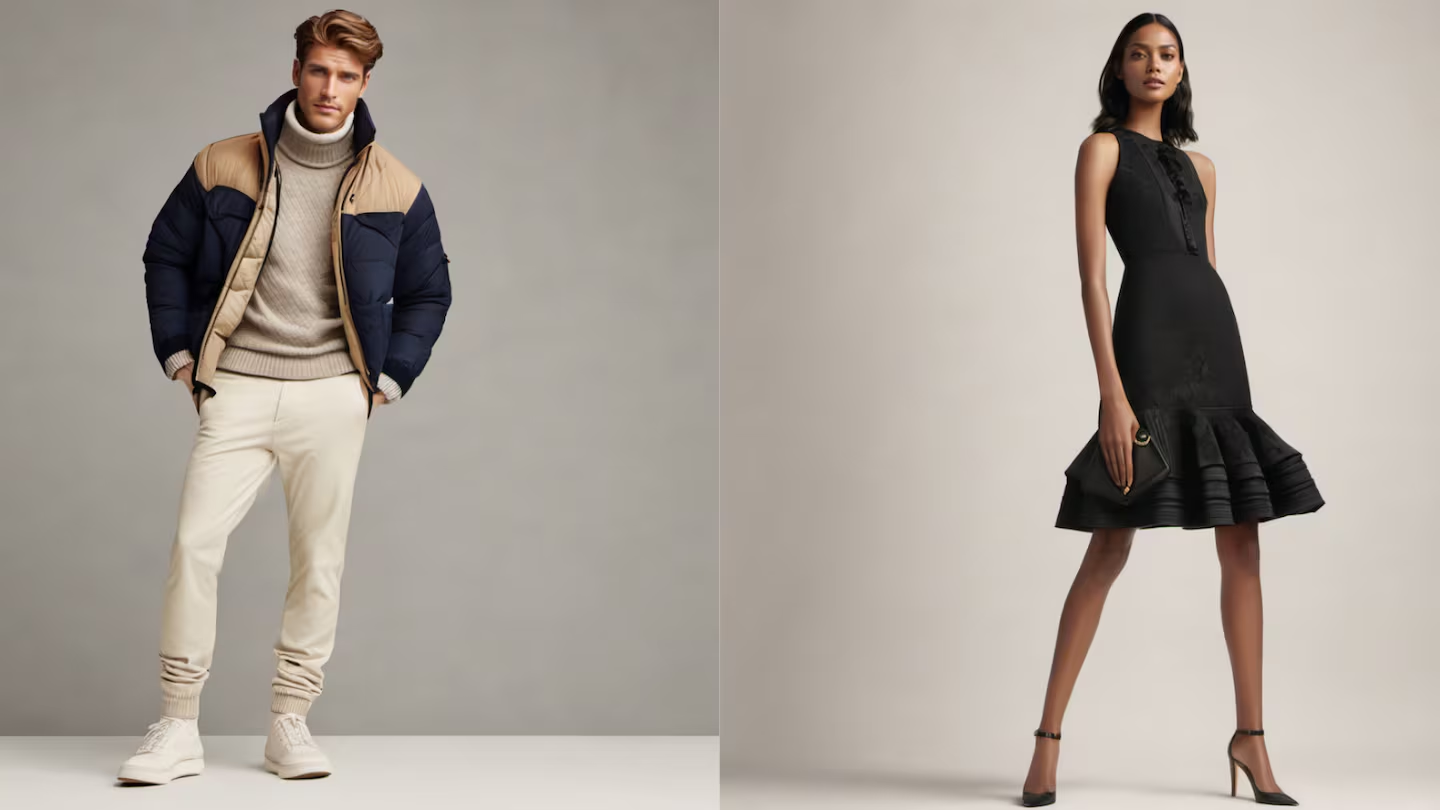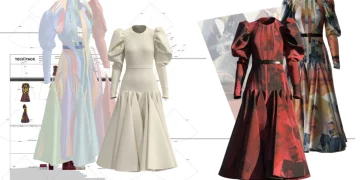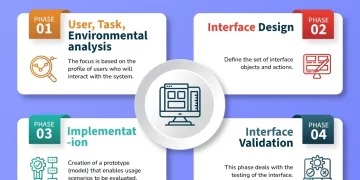Introduction
User retention is the cornerstone of successful digital platforms. No matter how beautifully designed or feature-rich an app or website is, it’s ultimately the user experience (UX) and engagement that determine its longevity. With the rapid evolution of design trends and user expectations, it’s crucial for digital product designers to continuously evolve their features in response to shifting user behaviors and technological advancements.
In this article, we explore why updating designer features is critical for improving user retention and how to implement changes that enhance usability, engagement, and long-term satisfaction. We’ll dive into trends, strategies, and best practices that will help you stay ahead of the curve and create experiences that users want to return to.
Why User Retention Matters
Retention is the true metric of success. A beautiful user interface (UI) might grab attention at first, but it’s the experience that keeps users coming back. In fact, acquiring a new customer is 5 times more expensive than retaining an existing one. Higher retention rates can lead to increased lifetime value (LTV), organic growth through word-of-mouth, and, ultimately, greater profitability.
However, achieving high retention isn’t a simple task. Users are picky, and they have access to a wide variety of apps and platforms. This makes it even more important to evolve and adapt the features you offer to match their needs, preferences, and expectations.
Understanding the Evolution of Design Features
Design trends shift as quickly as technology advances. Minimalism, interactivity, dark mode, and micro-interactions have all become key trends in recent years. Yet, despite these trends, basic usability remains a constant necessity. The evolution of features doesn’t just mean incorporating the latest buzzwords but understanding how your target audience is interacting with your platform, and how you can design solutions that cater to those behaviors.

The Need for Regular Updates
An app or website that fails to evolve quickly risks becoming obsolete. Here’s why:
- Competition: New competitors are constantly entering the market with innovative ideas and features.
- User Expectations: As people become accustomed to advanced designs and seamless experiences in their daily digital interactions, they expect nothing less from every app they use.
- Technological Advancements: The rapid development of new technologies—such as AI, machine learning, and augmented reality (AR)—is an exciting opportunity to offer users new, dynamic features.
This creates the need for regular updates and tweaks to your design and features. But how do you know when it’s time to evolve your design features for better retention?
Signs It’s Time to Evolve Your Features
There are several key indicators that it might be time to rethink your design features to boost retention:
- Decreasing Engagement
If users are spending less time in your app or website, it’s a clear sign that your features are no longer engaging. Look at the metrics—bounce rate, session duration, and frequency of use. If users are not interacting as much as they once did, consider revisiting your features and offering more compelling reasons for them to return. - High Drop-off Rates
This is particularly important for apps with a sign-up or onboarding process. If users are dropping off before they even start using the main features, the problem could lie in the first impression of your design, its functionality, or its usability. - Negative User Feedback
Complaints about usability, confusing interfaces, slow load times, or outdated visuals are red flags. Listen to your users—they provide invaluable insights into areas for improvement. - New Technological Opportunities
Technology is evolving rapidly. If you’re not leveraging new technologies that can improve user experience—such as voice UI, AI-powered recommendations, or personalized content—users may find your platform stagnant. - Competitive Landscape
A glance at your competitors can help you identify where you’re falling behind. Have their features improved, or are they offering better ways to engage users? Staying aware of the competitive environment is essential for continuous improvement.
The Role of Design in Retention
Design is much more than aesthetics. It’s about creating a seamless experience that feels intuitive, engaging, and rewarding. Let’s explore the ways design can influence retention:
1. Usability First, Beauty Second
At the heart of every great design is a user-first mentality. While visual appeal matters, it should never overshadow usability. Intuitive navigation, easy-to-understand interfaces, and smooth user flows are non-negotiable for retaining users. If your users can’t find what they need quickly or struggle to navigate the interface, they’ll move on to something simpler.
2. Personalization and Relevance
Users want experiences that feel personalized. With advancements in machine learning and AI, we can now offer tailored content, recommendations, and features. Personalized notifications, relevant offers, and dynamic content based on user behavior increase engagement and drive retention.
3. Speed and Performance
The most beautifully designed features are useless if the app or website takes too long to load. In fact, a one-second delay in loading time can reduce conversions by 7%. Ensuring that your design is optimized for speed is crucial for keeping users engaged.
4. Mobile-First Design
As mobile usage continues to rise, a mobile-first design approach is essential. Whether users are browsing on their phones, tablets, or desktops, your design should ensure an equally engaging experience across all devices.
5. Continuous Improvement and Feedback Loops
Iterative design is key to retention. Continuously test, gather user feedback, and iterate on your designs to improve them over time. Regular updates signal to users that the product is evolving and improving, which can help boost loyalty.
Evolving Your Design Features: Best Practices
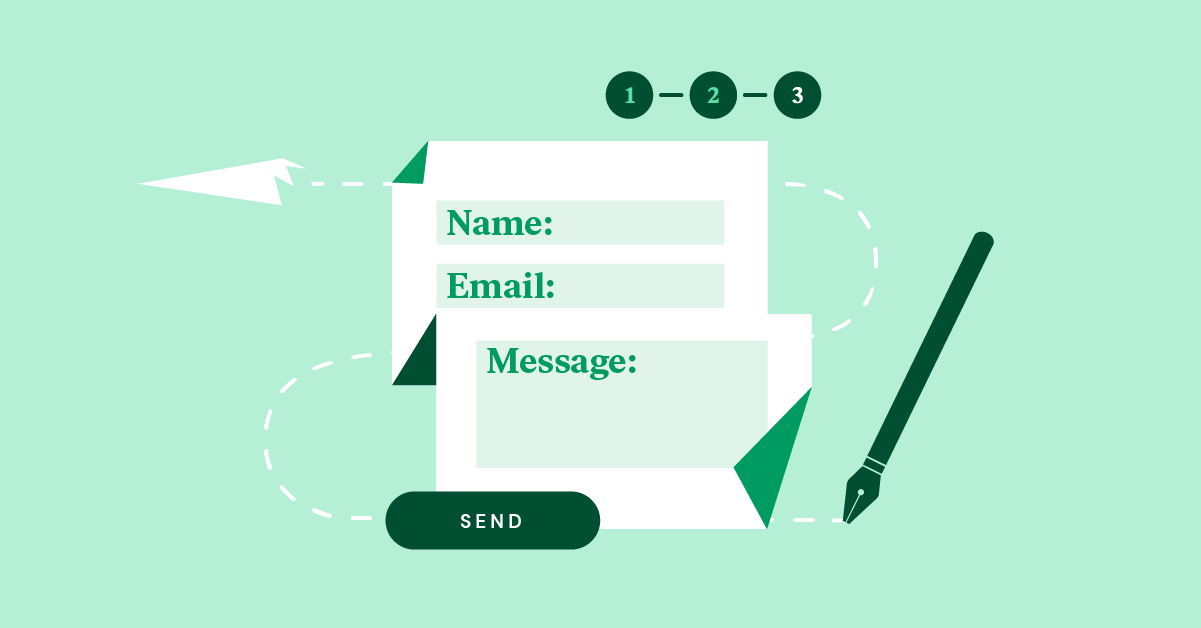
Now that we’ve outlined why and when to evolve your design features, let’s explore some strategies and best practices for doing so.
1. Adopt a User-Centered Design Approach
Always keep your users at the heart of your design process. Collect data through analytics, surveys, and user testing to understand pain points and what features matter most to them. Prioritize changes that will have the biggest positive impact on user experience.
2. Implement Smart Onboarding Processes
A poor onboarding process can lead to high drop-off rates. Instead, create an onboarding experience that educates users on how to navigate your platform while also getting them excited about its features. Make it short, sweet, and interactive.
3. Focus on Micro-Interactions
Small design elements—like buttons that react when hovered over or smooth transitions between screens—are more important than they may seem. Micro-interactions add a layer of engagement and delight that can make the user experience feel more polished and enjoyable.
4. Use Data to Inform Design Decisions
Data is an invaluable tool in shaping the direction of your design updates. By analyzing user behavior and conversion funnels, you can identify where people are getting stuck and which features are performing well.
5. Keep Up with Design Trends
Stay informed about the latest design trends to ensure your platform doesn’t look outdated. However, always balance trendiness with functionality. A design trend that’s popular today may not suit your users’ needs in the long run.
Conclusion
User retention isn’t just about the number of users who download or sign up for your platform; it’s about ensuring they come back. Evolving your design features regularly is essential for keeping your users engaged and satisfied. By staying proactive, focusing on usability, and implementing user-driven improvements, you can create experiences that users will love to revisit time and time again.
Remember, your platform should not just meet user expectations—it should exceed them. With the right strategy, design evolution can transform user retention from a challenge to a competitive advantage.


